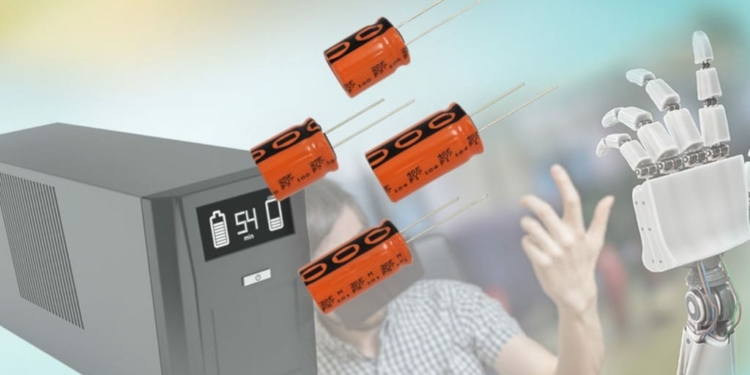Source: Vishay news
MALVERN, Pa. — Nov. 14, 2018 — Vishay Intertechnology, Inc. (NYSE: VSH) today introduced a new series of high voltage ENYCAP™ electrical double-layer energy storage capacitors for energy harvesting and power backup applications in harsh environments. Vishay BCcomponents 230 EDLC-HV ENYCAP capacitors are among the industry’s first to offer a useful life of 2000 hours at +85 °C and a maximum rated voltage of 3.0 V.
The long useful life of the devices released today is double that of standard electrical double-layer capacitors, enabling maintenance-free operation and greater design flexibility. With their high rated voltage, the capacitors can be used in a wide range of industrial, renewable energy, and automotive applications, including smart meters, handheld electronics, robotics, solar panels, E-latch door systems, and emergency lighting.
Available in eight small case sizes ranging from 16 mm by 20 mm to 18 mm by 40 mm, 230 EDLC-HV ENYCAP capacitors offer high power density to 4.1 Wh/kg and capacitance values from 20 F to 60 F. The RoHS-compliant devices feature rapid charge and discharge performance and are available in through-hole versions.
Samples and production quantities of the 230 EDLC-HV ENYCAP capacitors are available now, with lead times of six weeks for larger quantities.
































